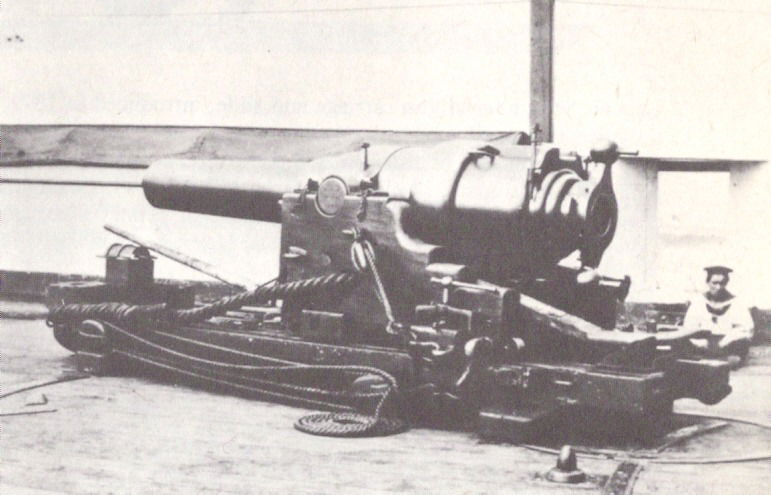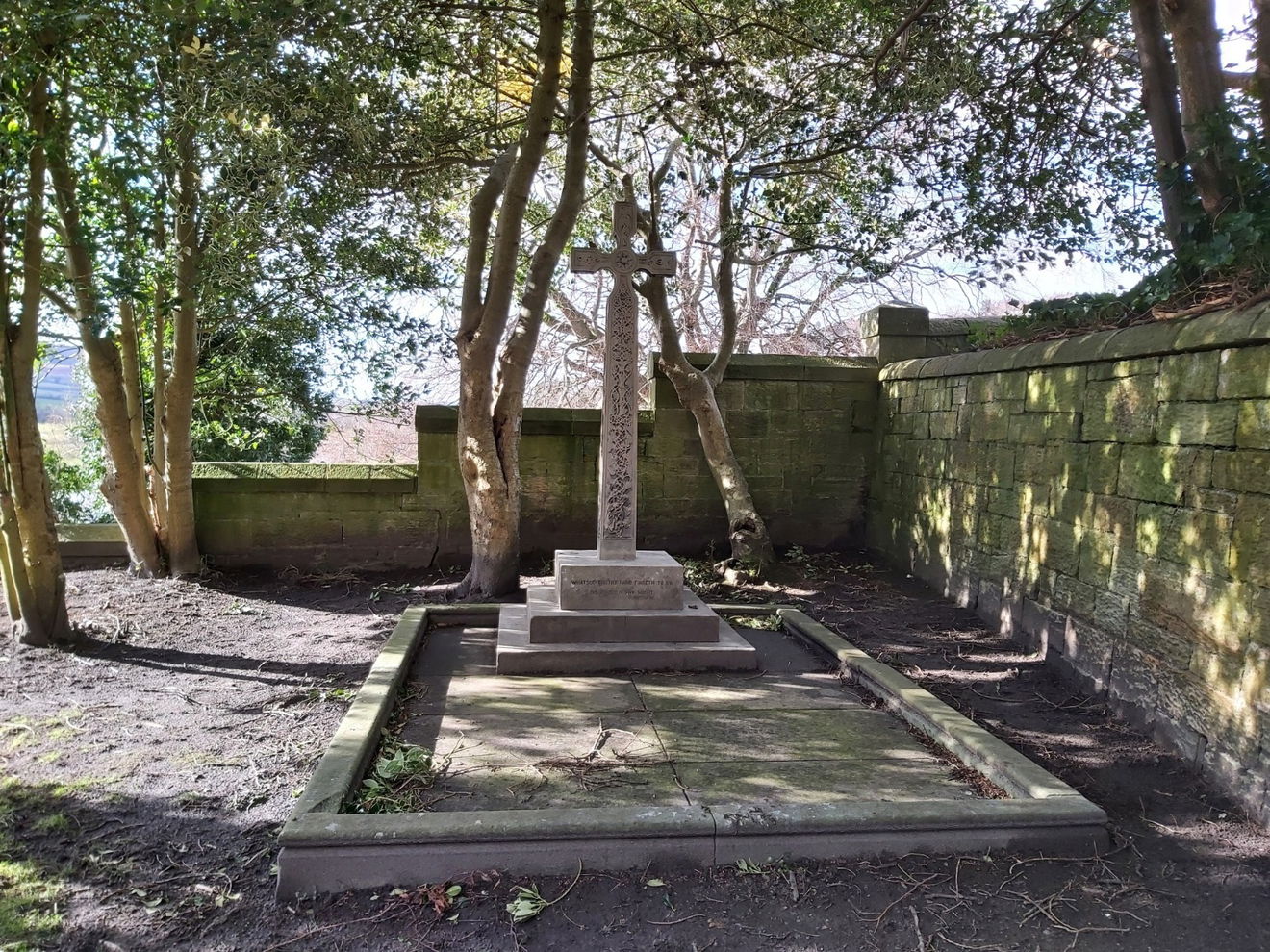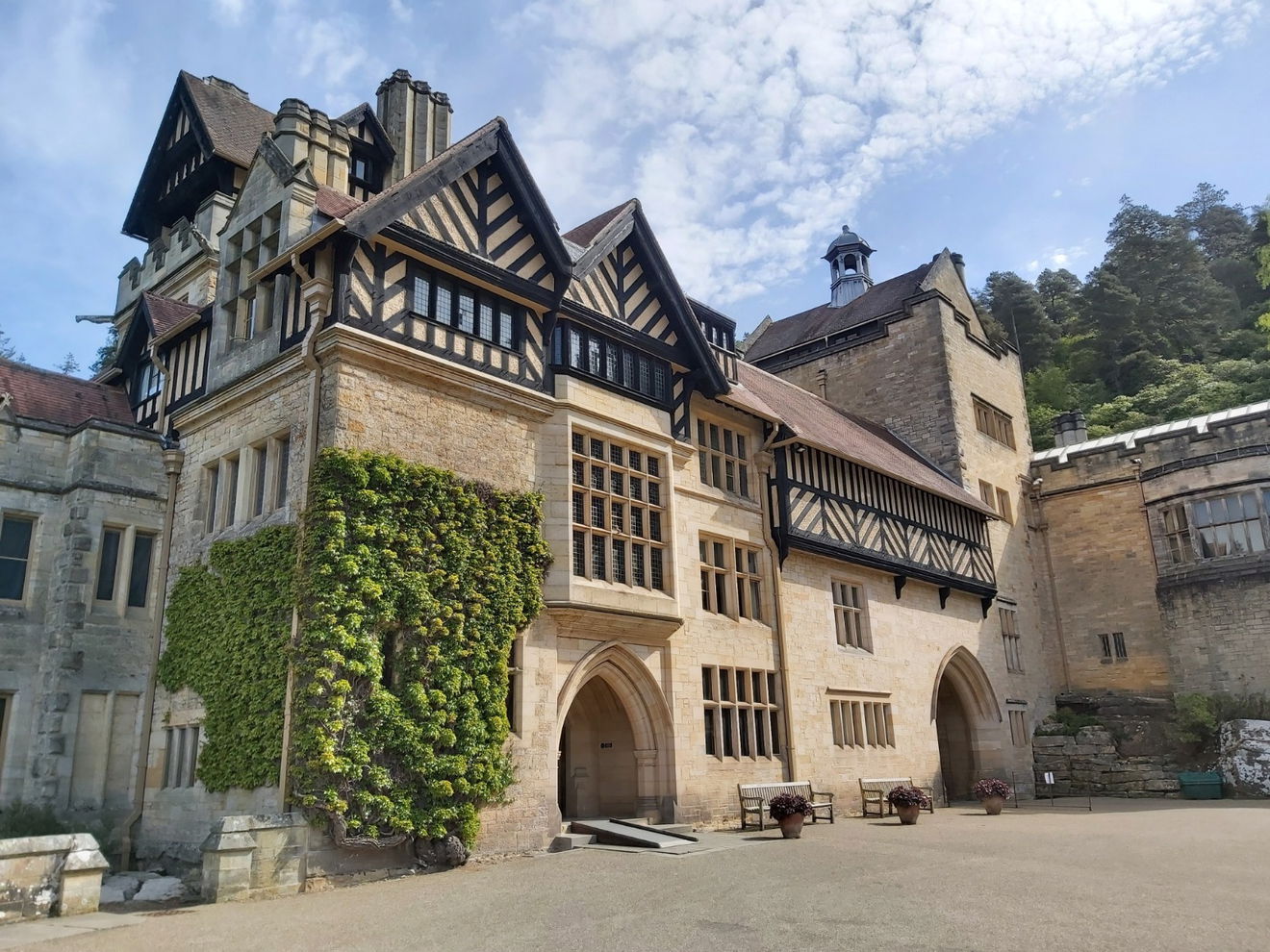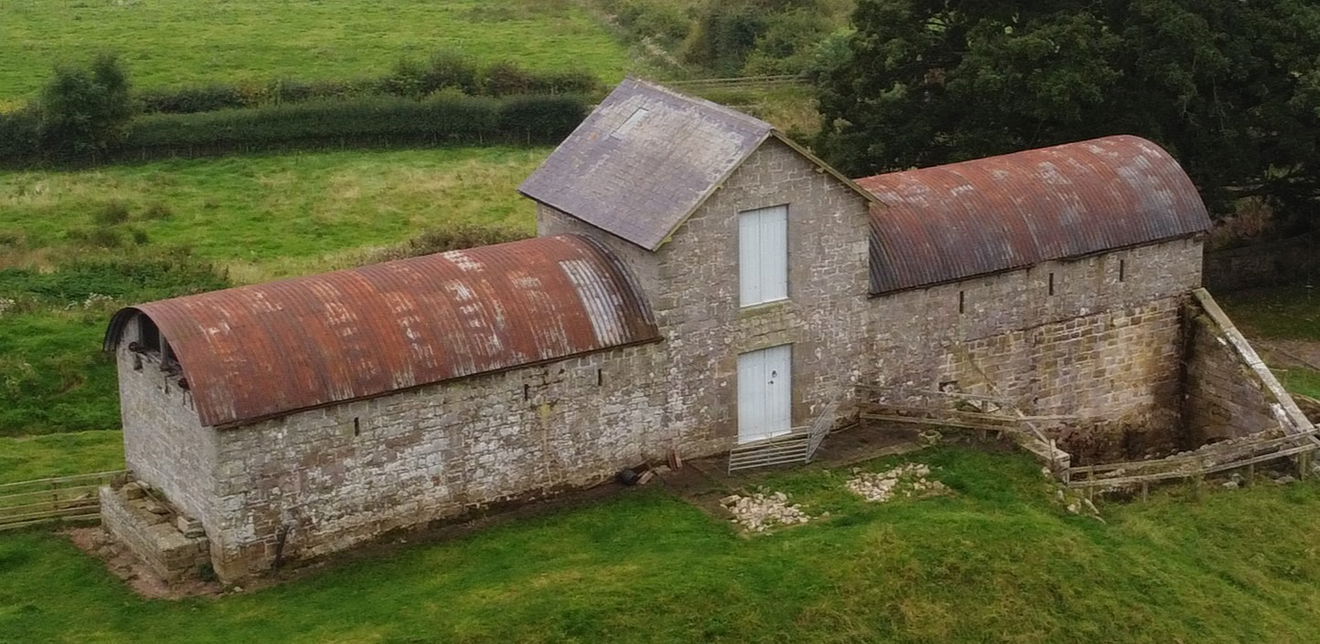Lord Armstrong - Our Local Victorian Engineer
PUBLISHED ON Sunday, 1 October 2023
In Rothbury, our most famous celebrity has to be the Victorian engineer Lord Armstrong who built Cragside and powered it with hydro-electricity. Let us give you a bit of background on the chap.

William George Armstrong, 1st Baron Armstrong of Rothbury (1810-1900), was a Victorian industrialist, engineer, scientist, and inventor. He is best known for his inventions of the hydraulic crane and the Armstrong gun, but he also made significant contributions to the fields of shipbuilding, hydroelectricity, and hydraulic power.
Armstrong was born in Newcastle upon Tyne, England, to a family of merchants. He showed an early aptitude for engineering and science and at the age of 16 he was apprenticed to a local engineer. After completing his apprenticeship, Armstrong set up his own engineering business in 1847.
One of Armstrong's first inventions was the hydraulic crane, which he patented in 1846. Hydraulic cranes were much more powerful and efficient than the steam-powered cranes that were in use at the time, and they quickly became the standard type of crane used in ports and dockyards around the world.
In 1854, Armstrong invented the Armstrong gun, a rifled breechloading artillery piece. The Armstrong gun was a significant improvement over the smoothbore muzzle-loading cannons that were then in use, and it was quickly adopted by the British military. Armstrong guns were used in the Crimean War, the Indian Rebellion, and the American Civil War.

In addition to his inventions, Armstrong also made significant contributions to the fields of shipbuilding, hydroelectricity, and hydraulic power. He founded the Elswick Ordnance Company in 1859, which became one of the world's leading manufacturers of artillery, warships, and other engineering products.
Armstrong's company supplied the hydraulic machinery that operates the bascules on Tower Bridge.

Armstrong was a wealthy and successful man, but he was also a generous philanthropist. He donated money to build schools, hospitals, and libraries in his home town of Newcastle upon Tyne. He also founded the Armstrong College, which later became part of Newcastle University. Armstrong was knighted in 1859 and raised to the peerage as Baron Armstrong of Rothbury in 1887.
He died in 1900 at the age of 90 and is buried in All Saints Churchyard In Rothbury.

Cragside
Armstrong's home, Cragside, is a testament to his inventiveness and his love of nature. Cragside was one of the first houses in the world to be lit using hydroelectric power. It is also one of the finest examples of Victorian country house architecture in England.

Armstrong's home, Cragside, is a testament to his inventiveness and his love of nature. Cragside was one of the first houses in the world to be lit using hydroelectric power. It is also one of the finest examples of Victorian country house architecture in England. Cragside is now owned and managed by the National Trust and is open to the public. Visitors can tour the house and gardens, and learn about Armstrong's remarkable life and achievements.
Bamburgh Castle
In 1894, he purchased Bamburgh Castle, a Norman castle on the Northumberland coast. Armstrong had a vision of transforming the castle into a convalescent home for retired gentlemen, but he died before his plans could be realized. The castle was eventually restored and opened to the public in 1911.

It is now one of the most popular tourist attractions in Northumberland. Visitors to the castle can learn about its long and rich history, and admire its stunning views of the North Sea coast.
Cragend Hydraulic Silo
The Cragend Hydraulic Silo is a unique and fascinating piece of industrial heritage. Built by Lord Armstrong of Cragside in the 1880s, it was an experimental facility designed to improve the efficiency of processing cut grass into silage.

Cragend Hydraulic Silo
The silo is a three-story stone building with a distinctive barrel-vaulted roof. It is powered by water from the nearby Blackburn Reservoir, which drives a hydraulic engine that operates the silo's machinery.
